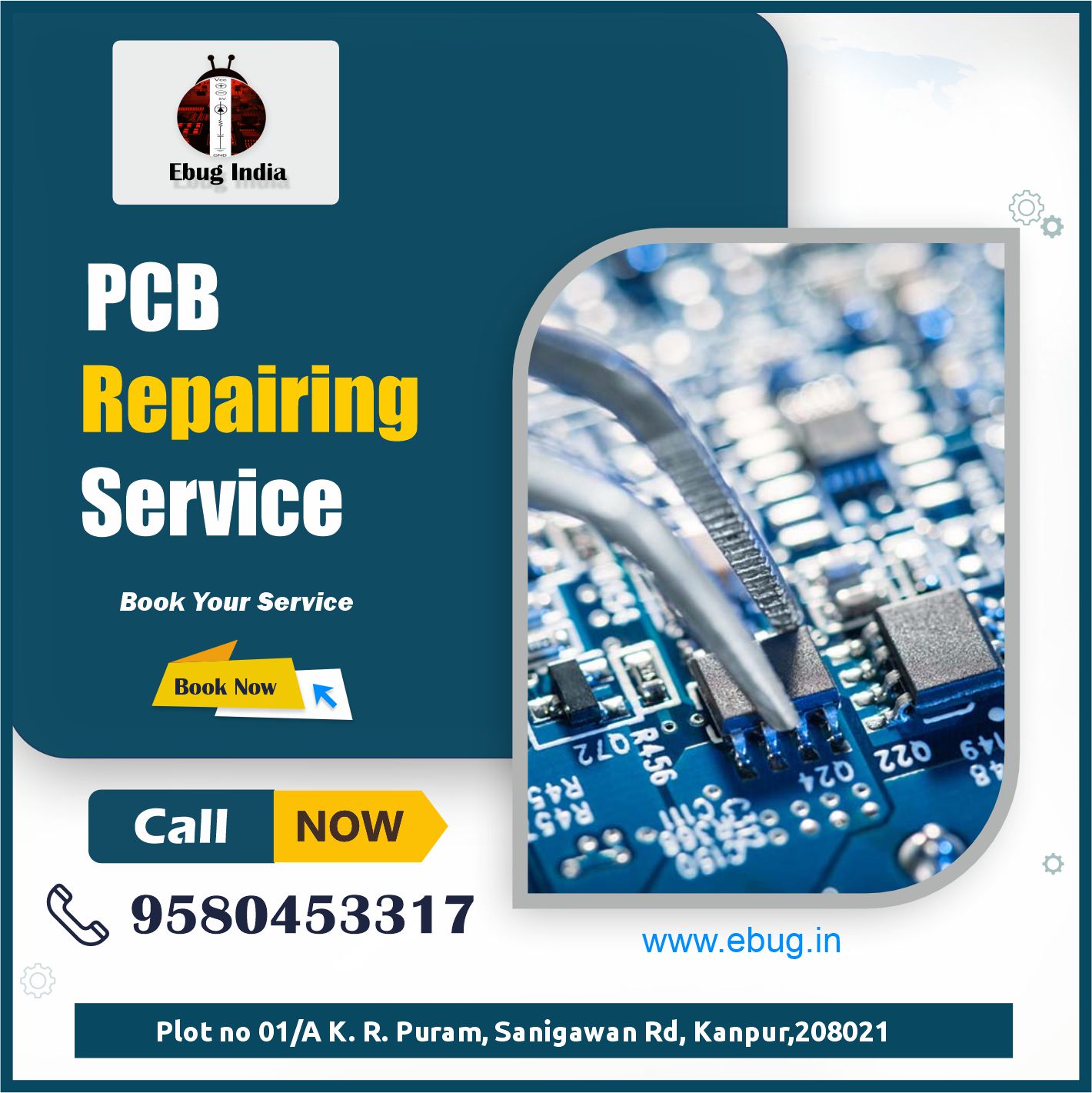Ac pcb repair inverter Or non inverter
Repairing your PCB (Printed Circuit Board) can seem daunting, but with the right approach and tools, it's a manageable task. Whether you're dealing with an inverter or non-inverter AC unit, understanding the fundamentals of PCB repair is crucial. Here's a step-by-step guide to help you through the process, utilizing an ebug technique for efficient troubleshooting and repair.
1. Assessment and Preparation: Before diving into the repair process, assess the condition of your PCB. Inspect it visually for any obvious signs of damage such as burnt components, melted solder joints, or corrosion. Next, gather the necessary tools including a multimeter, soldering iron, solder, desoldering pump, and replacement components.
2. Identify the Problem: The ebug technique involves systematically identifying and isolating faults on the PCB. Begin by visually inspecting the entire board, paying close attention to areas around power supplies, connectors, and heat-generating components. Use your multimeter to check for continuity, shorts, and abnormal resistance across various traces and components.
3. Test Components: With your multimeter set to the appropriate settings, start testing individual components such as resistors, capacitors, diodes, and transistors. Check for proper values and ensure they are functioning within specifications. Replace any components that show signs of damage or fail the testing process.
4. Trace Signals: Follow the signal paths on the PCB to identify potential points of failure. Use your multimeter to trace the flow of current through the board, paying attention to areas where signals may be interrupted or distorted. Look for broken traces, cold solder joints, or damaged vias that could be causing the issue.
5. Repair or Replace: Once you've identified the faulty components or traces, it's time to repair or replace them. If a component is damaged beyond repair, desolder it from the board using your soldering iron and desoldering pump. Then, solder in a replacement component of the same type and value. For damaged traces, carefully scrape away any insulation and solder a jumper wire to bridge the gap.
6. Test and Verify: After completing the repairs, it's essential to test the PCB to ensure it's functioning correctly. Reassemble your AC unit and power it on, monitoring for any signs of malfunction or abnormal behavior. Use your multimeter to perform final checks on voltage levels, current flow, and signal integrity.
7. Preventive Maintenance: To avoid future issues with your PCB, implement preventive maintenance practices. Keep your AC unit clean and free of dust and debris that can cause overheating. Regularly inspect the PCB for signs of wear or damage, and address any issues promptly to prevent further damage.
In conclusion, repairing your AC PCB using the ebug technique requires patience, attention to detail, and a methodical approach. By following these steps and utilizing the right tools, you can effectively diagnose and repair faults in both inverter and non-inverter AC units. Remember to prioritize safety and seek professional assistance if you encounter any challenges beyond your expertise.


Comments (0)